School disciplinary rules not tough enough
SB100 and other new tactics bring too much tolerance to the table
May 17, 2019
This was not an easy story to write, but as editors, we felt it was beyond important to address something that has been prevalent in our own school. Finding a starting point for this story was hard because each of us had a different vision on how this story should go. It’s not a problem with a clear definition.
Before we started writing this story, we had defined the problem as strong tolerance from the school for misconduct by students, but after conducting interviews with school personnel and doing research, it has become clear to us that the actual problem is that the school system has surrendered to extremely lenient procedures when it comes to punishing students.
Before we officially begin, we would like to make clear that this is not a criticism on one specific person or department involved in the disciplinary process, nor are we challenging the characters of the people who make up these groups. Rather, they have been extremely influential in our young adult lives and deserve much praise for what they do. We are critiquing, however, the system that is used to punish a student for misconduct on and off campus.
To begin, there are clearly different levels of punishment required for different levels of misconduct. A student caught for abusing drugs and/or alcohol would certainly not be as severely punished as a student who displays acts of violence or committed acts of sexual assault.
In events involving misconduct, whether physical or drug/alcohol related, the school uses Senate Bill 100 (SB100), passed in 2015, to try and investigate the problem at the source. Under SB100, schools were forced to eliminate zero tolerance policies.
The goal of SB100 is to get students back in school rather than at home alone without supervision and responsibility, by removing suspensions and limiting detentions.
This bill deserves the majority of the fault for the school being perceived as not harsh enough with punishment. It attempts turning a black and white school (you do A, you are punished with B) into a gray school (you do this version of A, here’s your deserved consequence).
Another piece of the bill was the push to implement restorative justice. Loosely defined, restorative justice is a form of action to rehabilitate a student for misconduct to get them to readjust and not commit it again.
The school defines restorative justice as a positive way to solve a negative problem, according to Associate Principal for Student Services Mike Przybylski and dean Kosta Kougias. They include classes and courses through organizations like the Community Youth Network (CYN), and members of staff, such as Kate Oldenburg the Student Assistance Program Coordinator, as outreach for students.
The problem with restorative justice is that it doesn’t always prevent students from acting out again. You can bring a student into the dean’s office and sit them down and talk to them, you can tell them to take part in courses that can better their behavior, you can tell them what they did was wrong, you can give them a detention, but even that might not be enough for the student to change their ways.
As of now, sports are the only activities with a clear punishment outline. But even then, athletes can clear these punishments by attending restorative justice classes. They don’t have to show signs of bettering their behavior. They just have to attend the class, play along, and then go about their lives.
Perhaps the most prevalent abuse is drug and alcohol abuse. Grayslake is, of course, nicknamed ‘Blazelake’ for a reason. In the last three years, vaping has grown into the latest addiction dangerously fast.
At the start of this school year, the school board chose to do away with drug testing. After all, do they really have the right to intrude on a student’s privacy? Instead, the school chose to use the money that drug testing was costing and reinvest it into anti-drug/alcohol use campaigns.
And since then, more students have been caught than last year. The school has held more code of ethics meetings than ever before. While this punishment and justice is good, the statistic may be skewed. The only way for students to be caught now is for them to be caught on campus, and the majority of students, who were caught, were caught vaping in the bathrooms.
In a way, drug testing was meant to be a threat, but not an overall negative experience. The threat of being caught smoking weed or having another drug in your system was enough to deter students from doing them, thus requiring fewer code meetings.
Now without this system in place, there is nothing preventing our students, or our student athletes, from choosing to use drugs and alcohol. There is nothing to keep them accountable for their actions. The only deterrent is health class.
When misconduct involving a crime happening (fighting, sexual assault, etc.), the school will hand down a punishment, but then the police will take over from there. A student may get community service and/or a fine from a judge.
The school system doesn’t hold students involved in activities accountable enough for their actions. Students know the rules, and the consequences that come with when they sign the code of ethics, but they break these codes anyway. It’s supposed to be an honor and privilege to be apart of Central Activities, and student athletes are supposed to represent the school, and be role models to younger students, but they are not doing this well enough.
If a student is caught violating these codes, the students should then be removed from the activity. They shouldn’t be allowed to stay involved until incident number two or three happens for the school to act.
Our school system has a problem. The solution isn’t to turn a blind eye. It is to catch the students, punish them, and then get them help. And in the end, make it clear that any type of misconduct is not a tolerable action in the real world. We have to be able to cut it off at its source. Students should be expected to attend CYN meetings. They should be expected to learn right from wrong, and they must be able to prove that they learned.
We should be emphasizing to our students, peers, and younger siblingsthat their actions now, whether they’ve been caught or not, are not acceptable. We agree that school should be a safe place to fail for all students, but sugar coating how students are punished here won’t help them out there.
The best way to solve this issue is to create clear, direct punishments, that help students grow, and actually fix the problems in their life, while also clearly showing to other students that this type of misbehavior is not tolerated.
*This editorial was approved in a 6-2 vote by the editorial board.


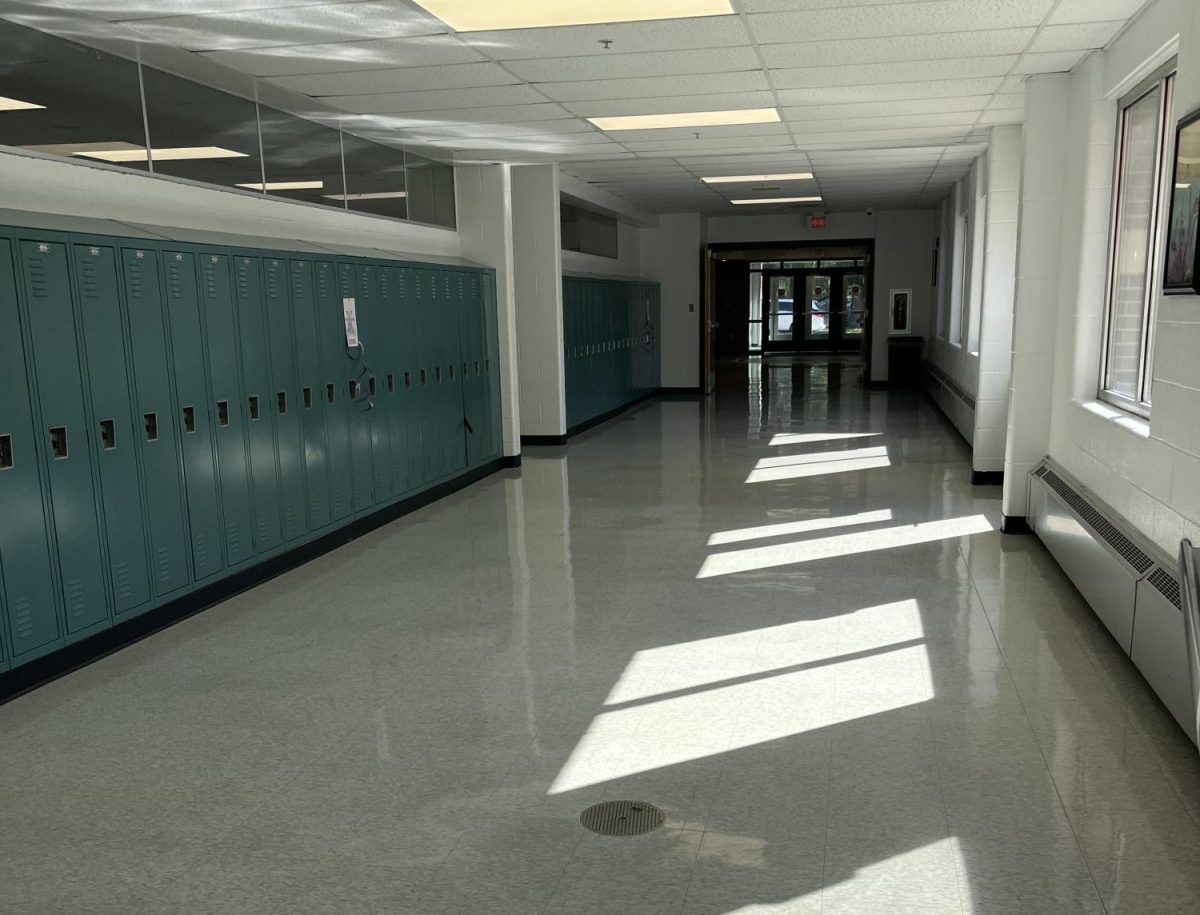




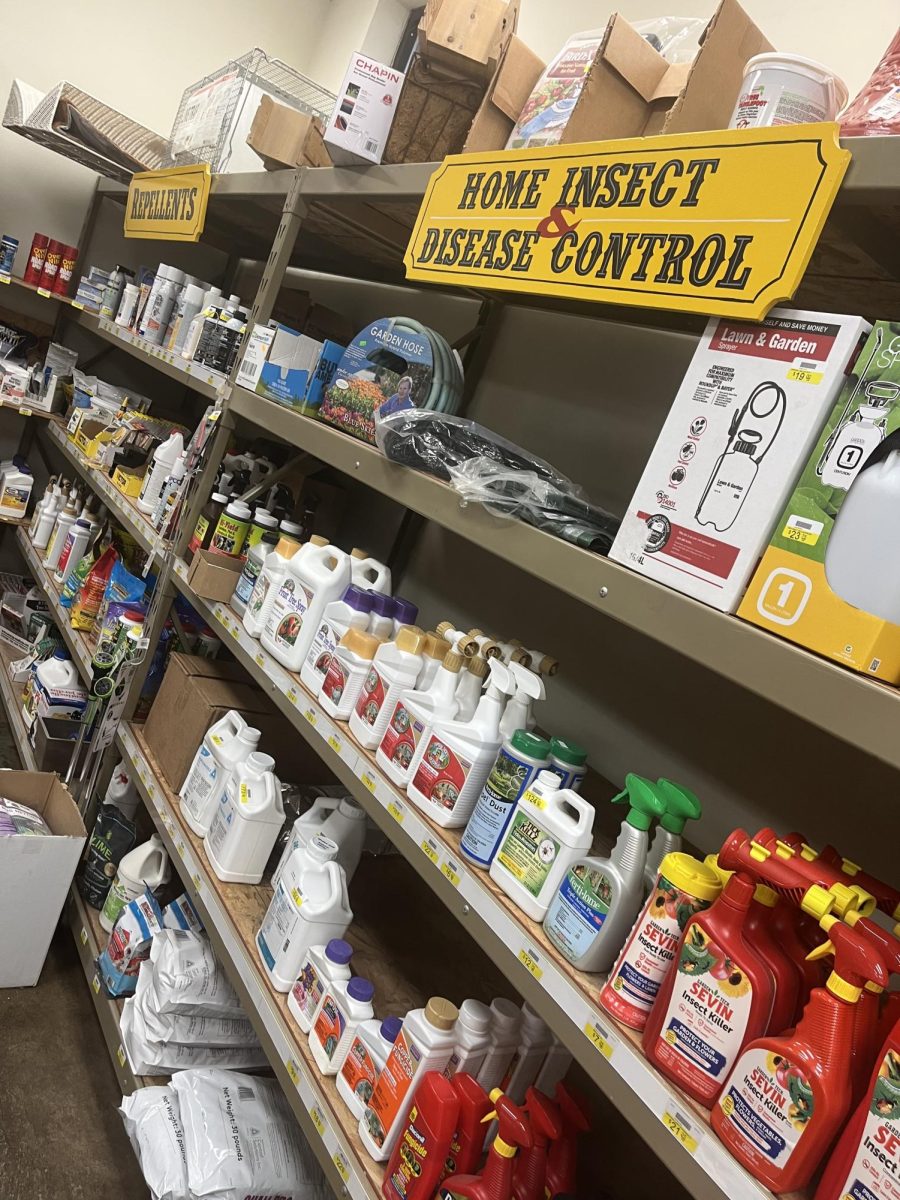





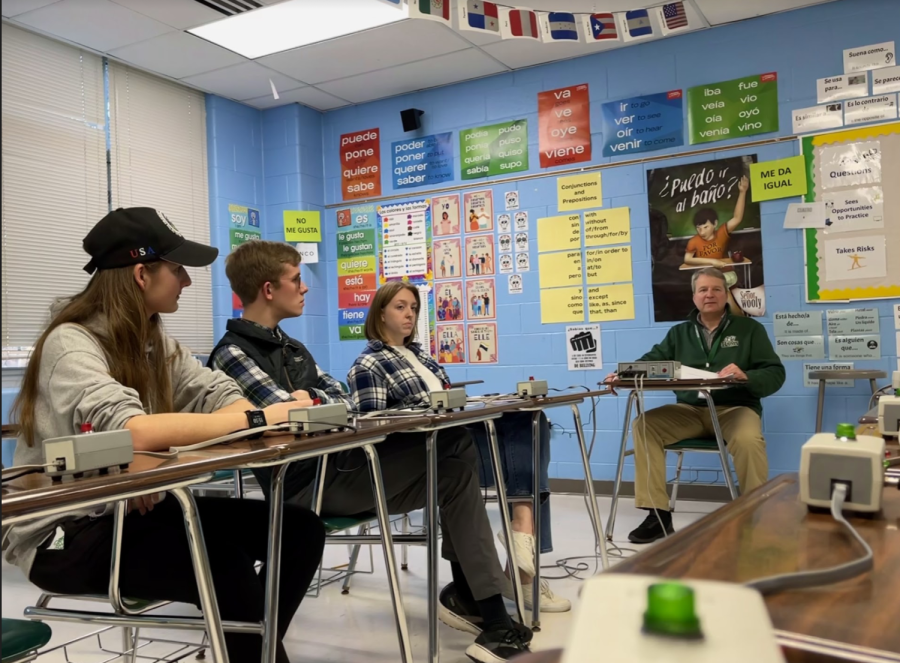
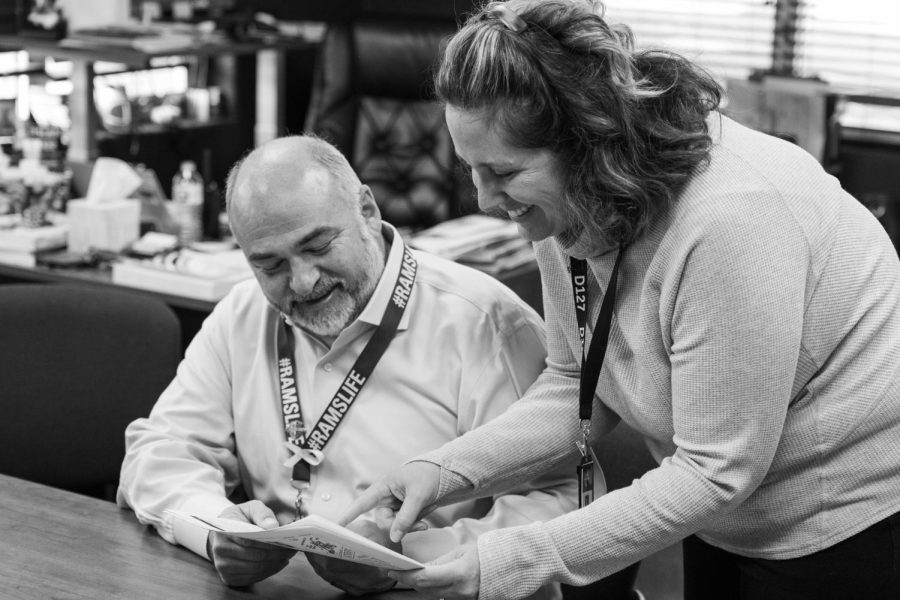



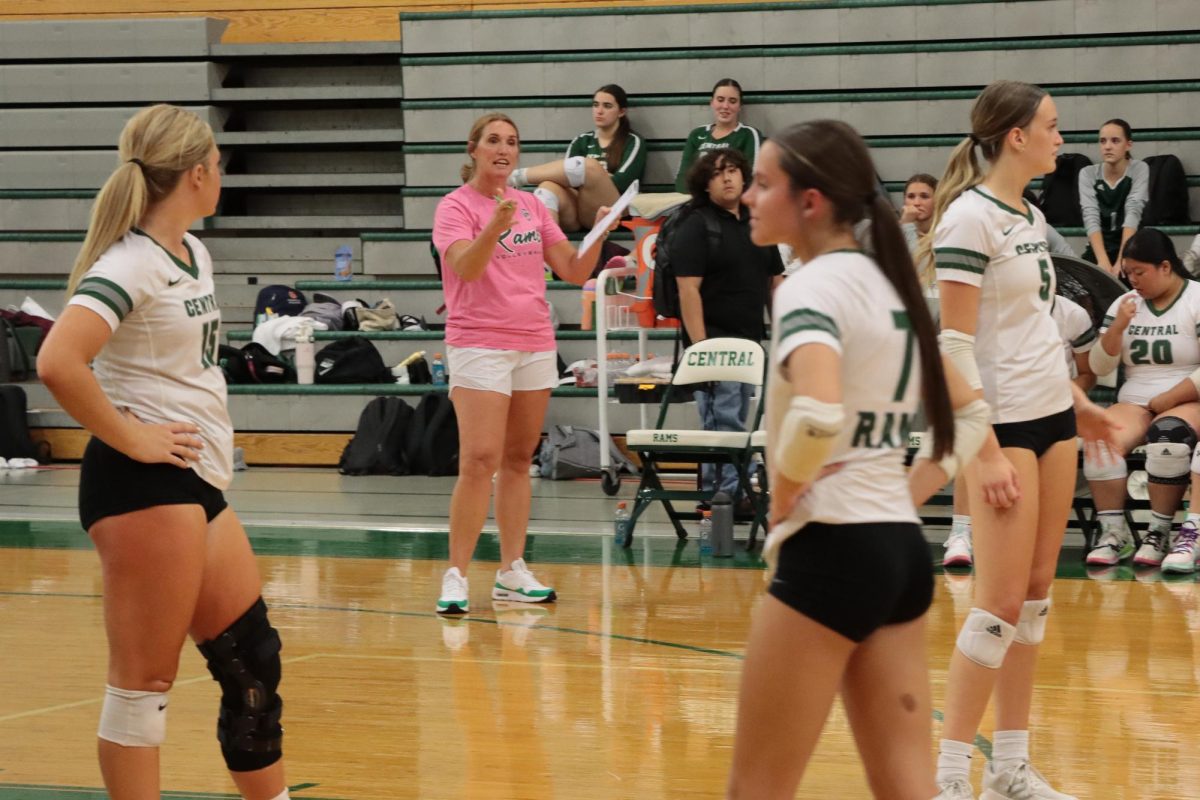



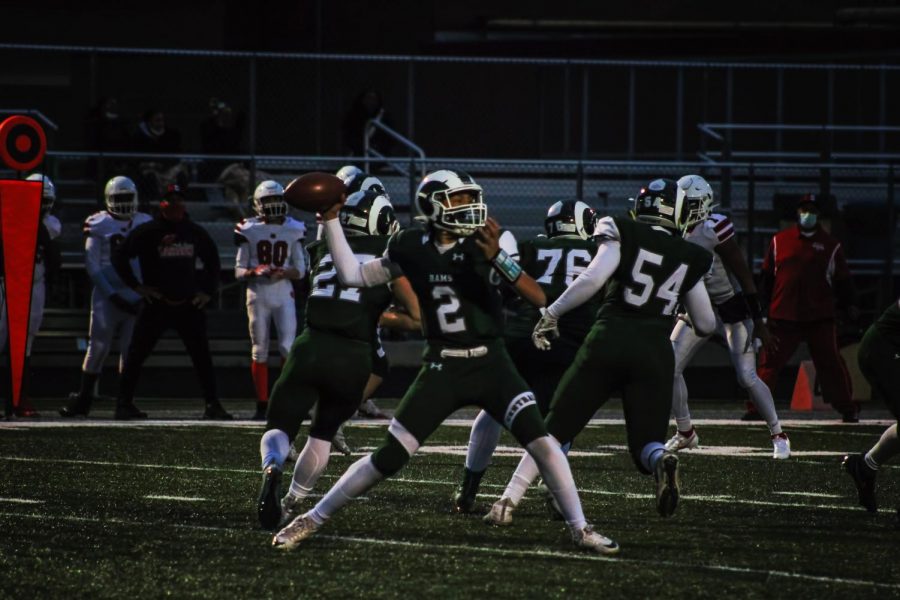
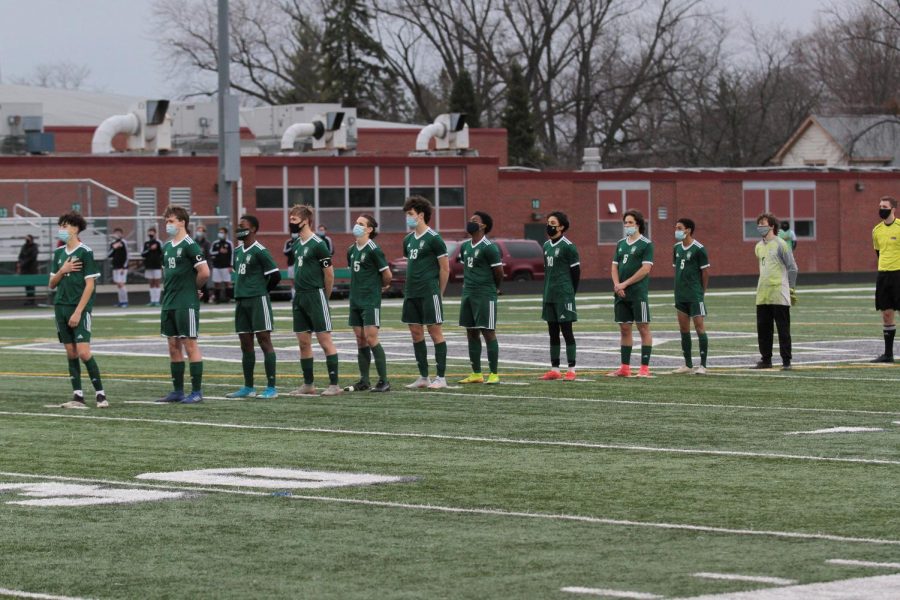
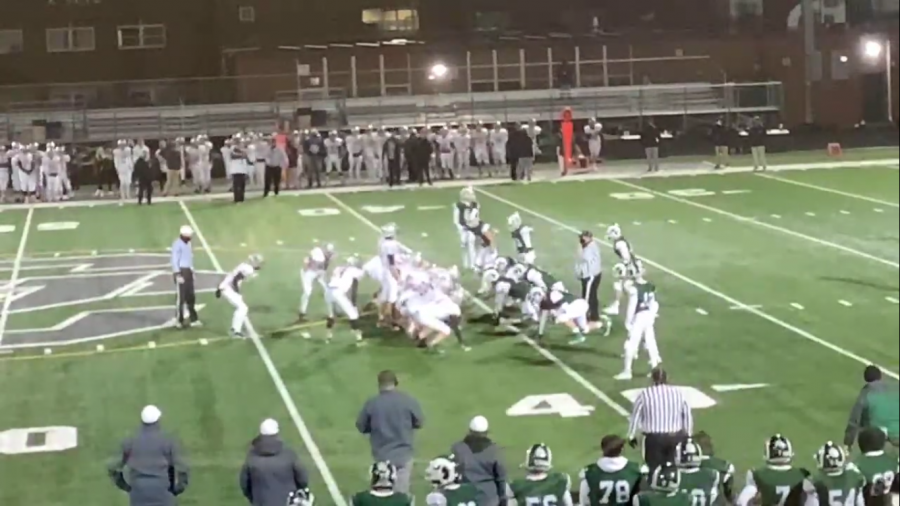

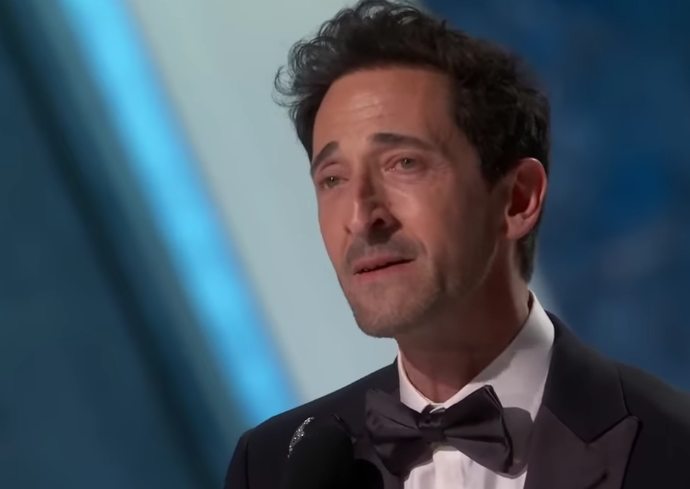

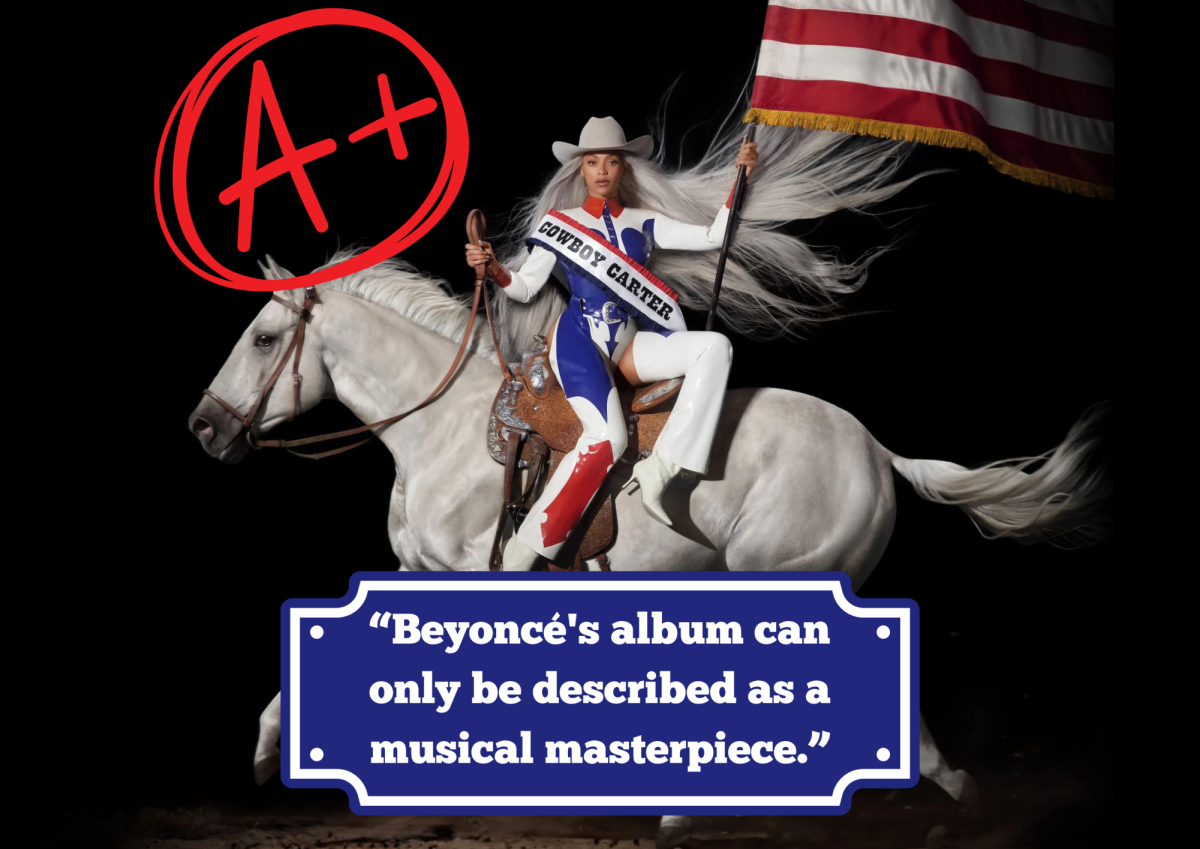


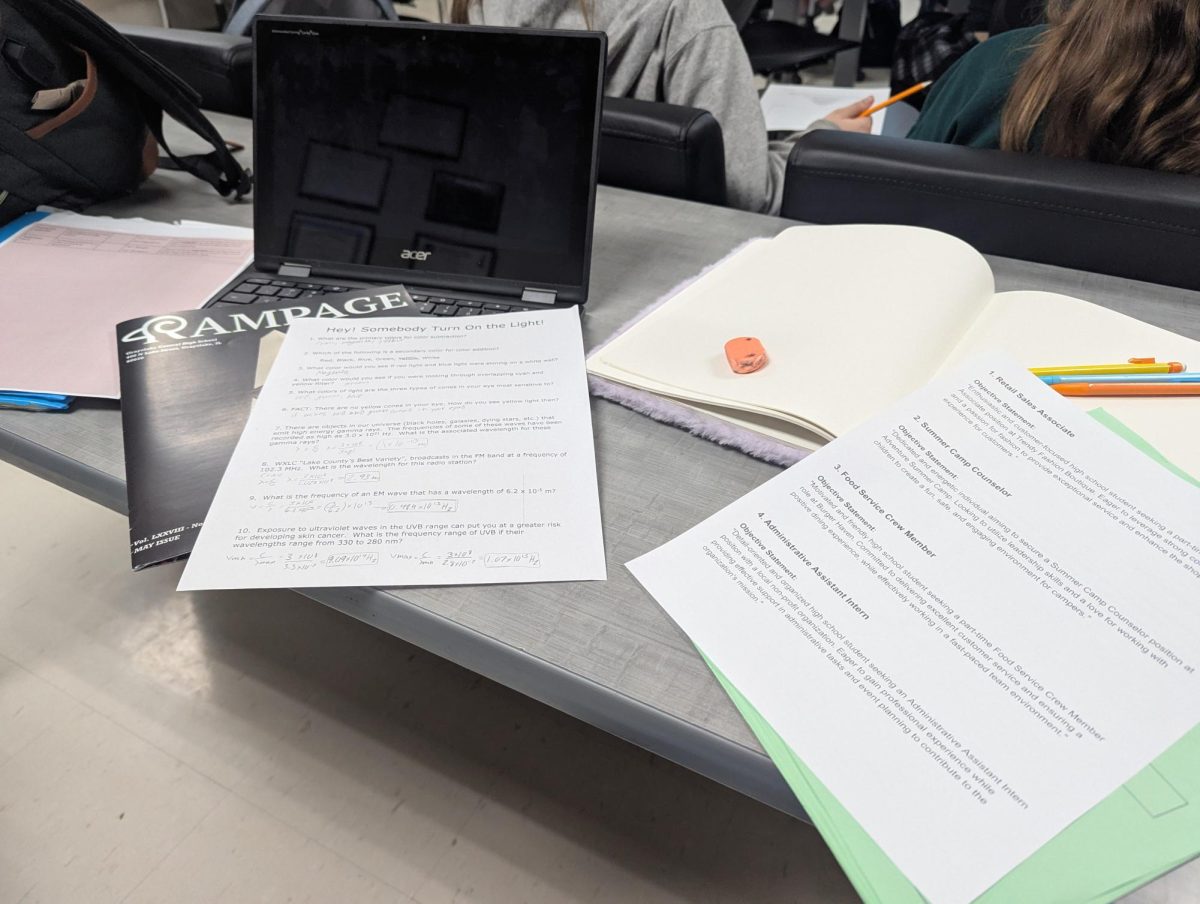


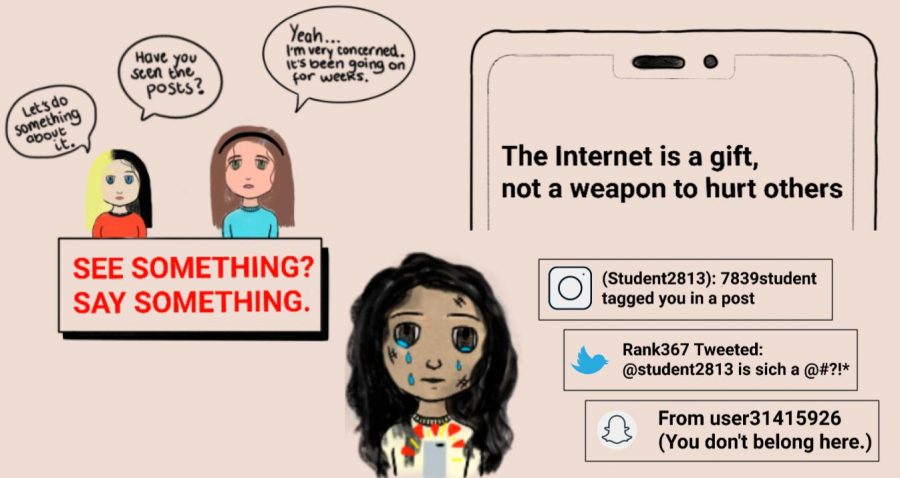





Kathy Healy • May 17, 2019 at 11:31 am
What a great article. I mean no disrespect, but rather a compliment, for what I’m going to say…”Out of the mouths of babes.” Keep up the good work!!